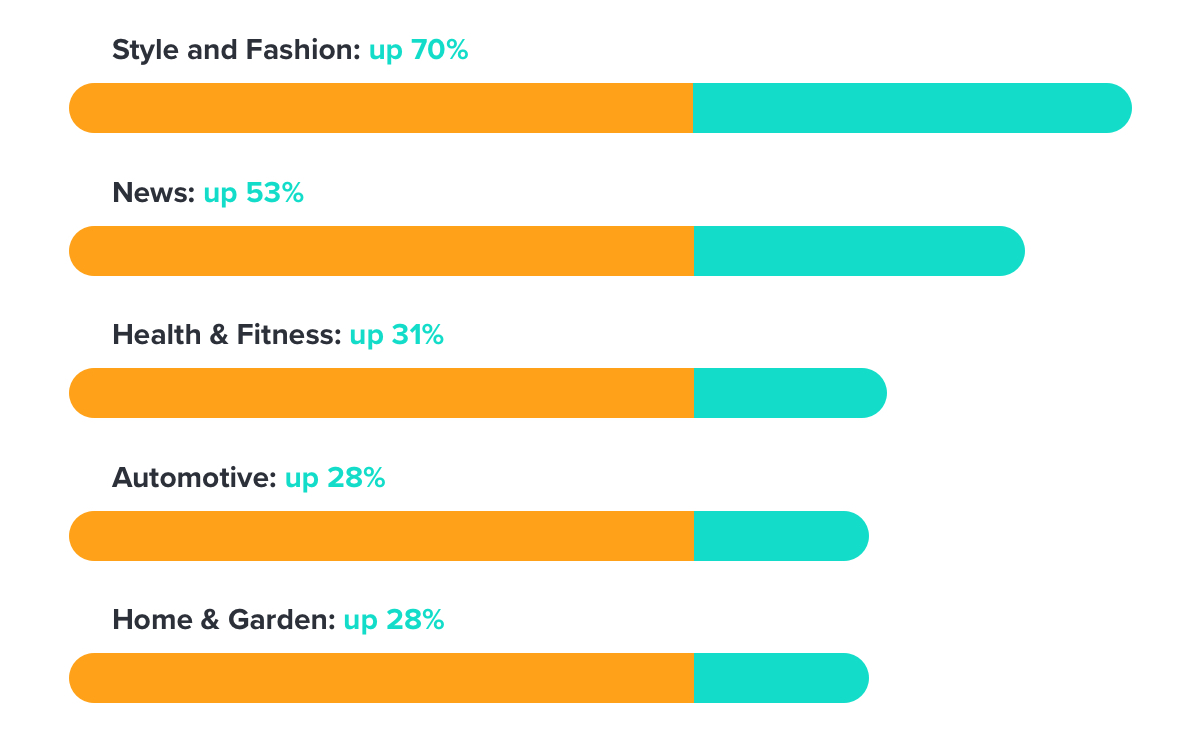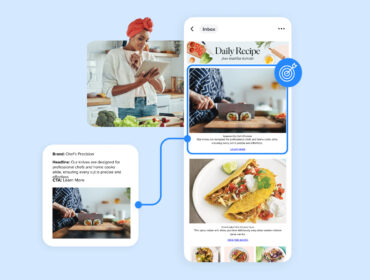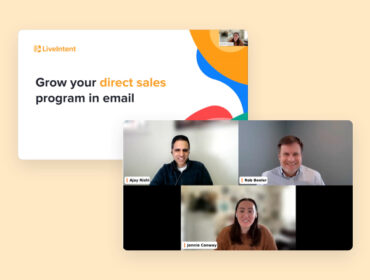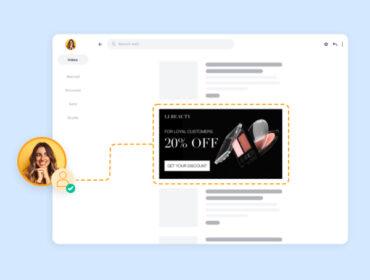How social distancing impacts your current and future newsletter strategy
Despite all the talk and memes about video chat apps, email is actually the top way homebound workers in the United States are communicating with colleagues, according to a March survey from CivicScience.
We’re finding that emails, specifically email newsletters, are also helping to satisfy the hunger many consumers have for content. Across our platform, we saw a 5% increase in the general number of impressions from the first week of March to the first week of April, which means more people are opening emails more often.
Some content categories are proving especially popular, with significant impression growth between a pre-coronavirus time frame and the peak time of the pandemic. These include:

Boost in email acquisition creates opportunities
Readers aren’t just perusing the newsletters they already receive. They’re also signing up for new ones, including from local news outlets. “People are ready, willing, and able to provide their emails right now,” Fran Wills, CEO at Local Media Consortium, told us on a recent webinar.
That tracks with our own findings that, during the heat of COVID-19, it has taken 24% fewer impressions on average to achieve an email sign-up conversion.
But these email captures—many of which are going to retail brands—won’t necessarily result in immediate sales or paid subscriptions. With so much economic uncertainty, people may not be in a state of mind or financial position to make purchases outside of essential products.
Nonetheless, acquiring email addresses today can pay off in the long run if brands and publishers keep nurturing relationships.
Real Time Banter: Email acquisition best practices – watch full video here
Likewise, with newsletters garnering so much attention from subscribers, it’s a great time to ramp up testing and optimization. You want to be prepared to take advantage of all those additional impressions when advertisers robustly return to the marketplace. Test your ideal send times and frequency, for instance, and note engagement habits that could persist after the pandemic ends.
In addition, you can create segments of your new audiences and study the types of content they’re engaging with most. That insight can help you start building your upcoming editorial calendar.
Email is emerging as a light for brands and publishers in an otherwise gloomy environment. This is a great time to start viewing email as a truly unique engagement channel for reaching audiences, building relationships, and driving revenue.


